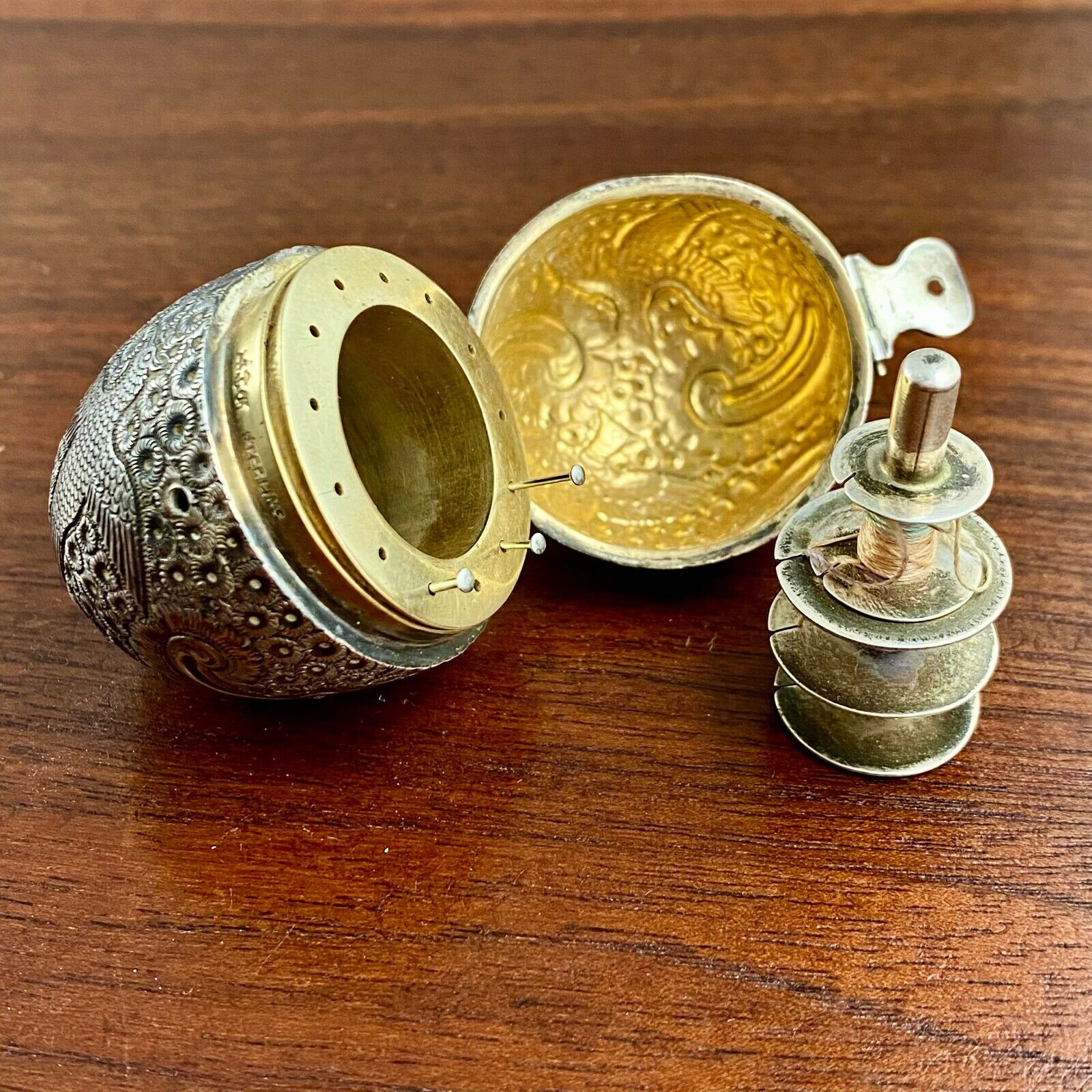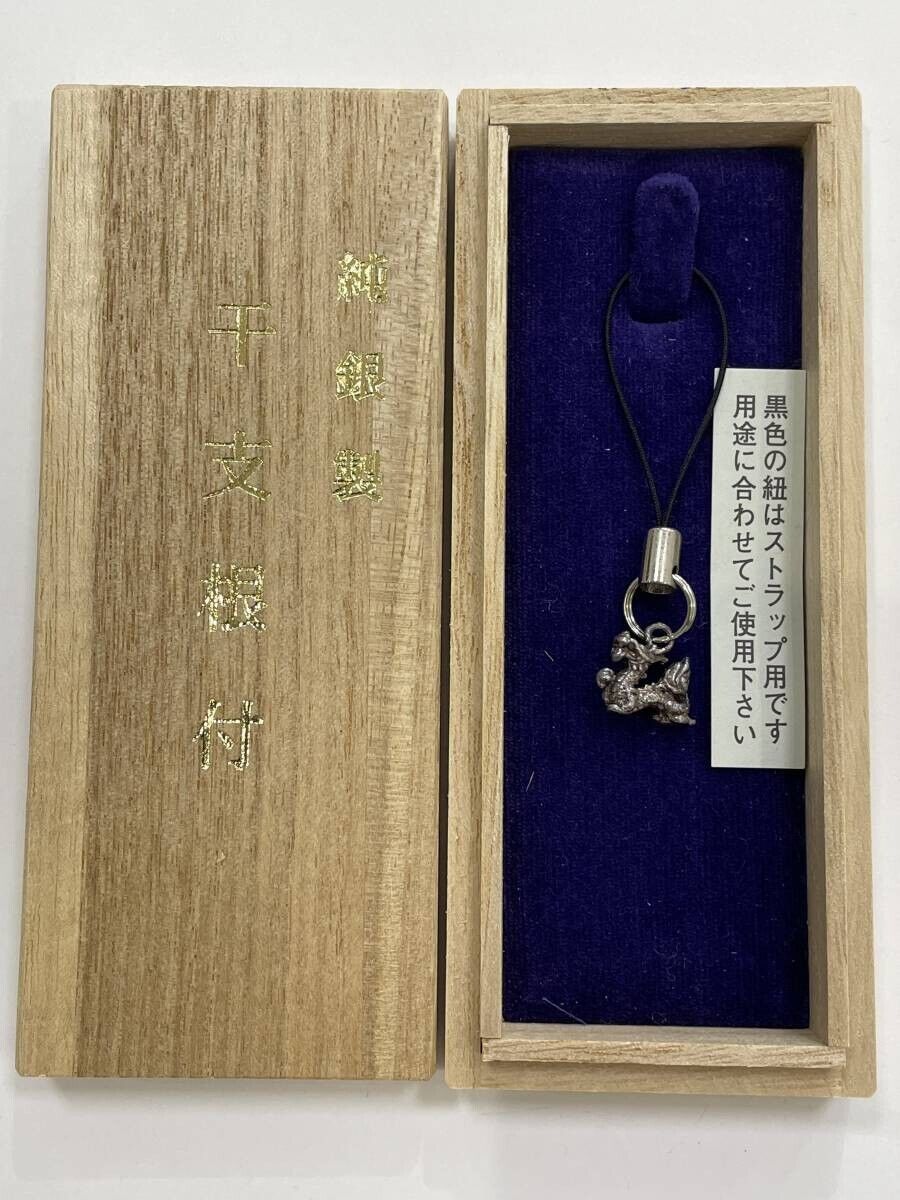-40%
EXQUISITE RARE VINATGE PAIR OF JAPANESE ORIGAMI STERLING SILVER CRANE FIGURINES
$ 79.19
- Description
- Size Guide
Description
EXQUISITE RARE VINATGE PAIR OF JAPANESE ORIGAMI STERLING SILVER CRANE FIGURINESOREXQUISITE RARE VINTAGE PAIR OF JAPANESE ORIGAMI STERLING SILVER CRANE FIGURINES (ONE IS GILDED)
. THE WONDERFULLY FORMES CRANES ARE BOTH HALLMARKED GINSEI ( JAPANESE STERLING SILVER MARK).
SIZE:APPROXIMATELY 3"&4" OR 7&10 cm W X 2 1/4"&1 5/8 OR 5.6cm & 4.3 cm HIGH.
TOTAL WEIGHT: 60 GRAMS OR 2.11 OZ.
CONDITION: EXCELLENT VINTAGE CONDITION WITH ONLY MINOR TANISH AND AGE WEAR AS SEEN WITH NO BREAKS, NO DAMAGE AND NO REPAIR .
In Japanese. Chinese, and Korean tradition, cranes stand for good fortune and longevity because of its fabled life span of a thousand years.Existing in fifteen species which inhabit five continents, the most majestic is the Japanese Crane which stands almost five feet tall with its wing span of more than six feet and its white body capped with its red crown. The Japanese refer to the crane as“the bird of happiness; the Chinese as“heavenly crane” believing they were symbols of wisdom. The powerful wings of the crane were believed to be able to convey souls up to paradise and to carry people to higher levels of spiritual enlightenment.
Story of Sadako Sasaki and 1000 Origami Cranes:
When Sadako Sasaki was two years old, she was exposed to radiation from the atomic bomb that devastated Hiroshima in 1945. By the time she was 12, the radiation exposure had developed into leukemia, and she was given just one year to live. The young girl began making 1,000 paper cranes in the hopes of being granted her wish to recover from her illness. However, as time went on and her collection of origami cranes grew, her goal changed. Sasaki decided to wish for world peace instead of her own life. As her condition worsened, she never stopped making paper cranes and her classmates even joined in to help her. After she passed away, she was buried with a wreath of 1,000 paper cranes, and she became a symbol of peace and love. Sasaki is now forever memorialized at Hiroshima Peace Park, where a statue of her holding a giant crane—called the Children’s Peace Monument—stands.




















